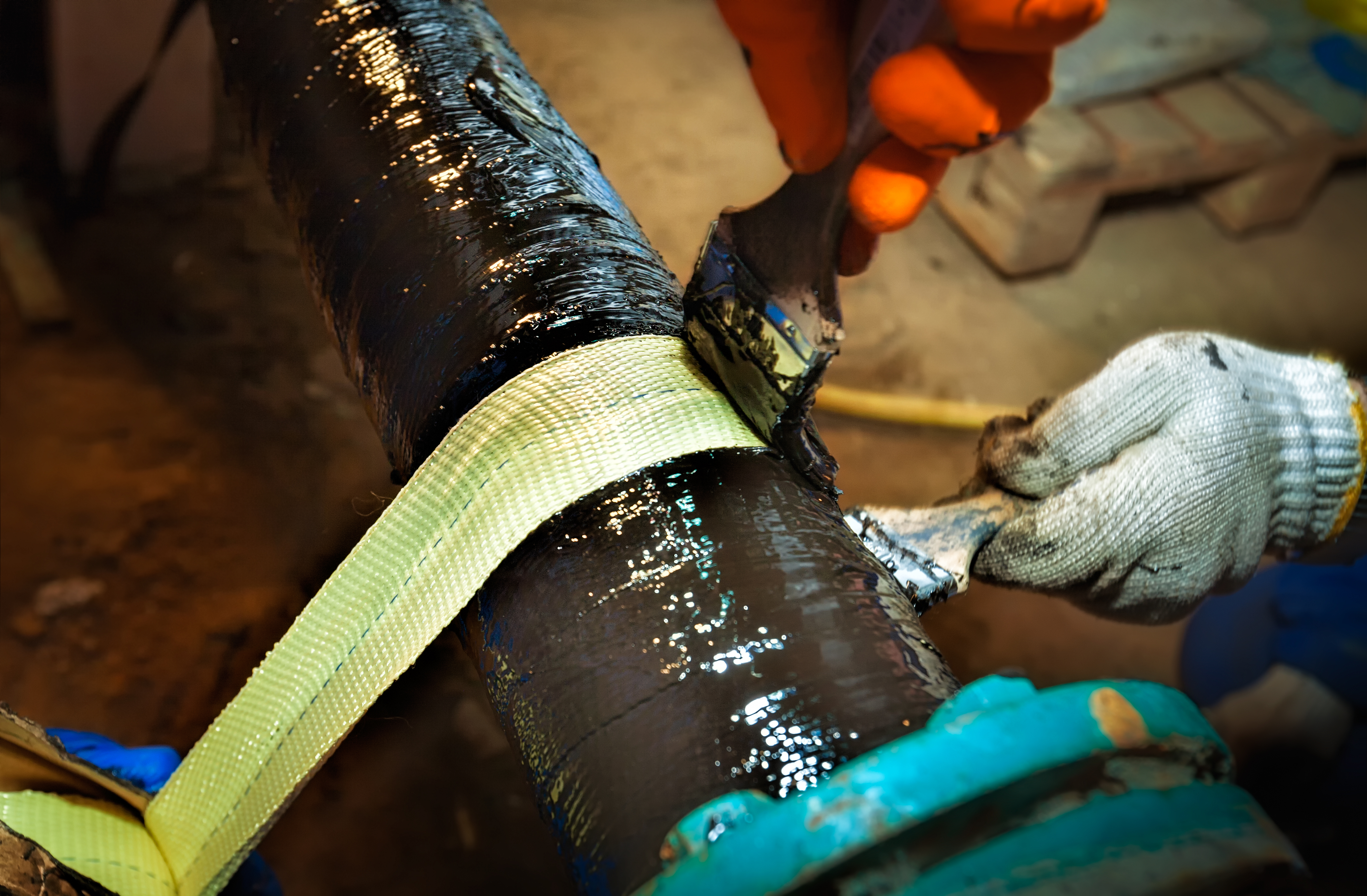FRP Pipeline Repair SHM Solutions

Metal structural pipeline components and other infrastructure deteriorate over their service life due to static and cyclic loading, exposure to corrosive chemicals, and harsh environments. The result is progressive weakening of the structural
elements due to corrosion, section loss and cracking. All structures exposed to cyclic loading are susceptible to deterioration, and incidents at oil and gas pipelines in the United States resulted in 339.72 million U.S. dollars of reported total costs in 2020.
Adoption of FRP or composite repairs for metallic pipelines has been increasing in popularity due to both repairing and strengthening the pipeline with composite materials. However, retrofitting structures by adhesively bonding composites over cracked or corroded sections limits the ability of engineers to inspect and monitor the state of deterioration. In other words, the repair often covers-up underlying damage, preventing visual inspection, and it is difficult to monitor that damage after the repair. MCET Technologies is developing a novel approach where a carbon nanotube-based sensing layer is integrated in a steel/composite adhesive bond to add the capability to detect the adhesive bond integrity and monitor the structural health of cracks in the underlying substrate. The sensing layer, composed of a random mat of aramid fibers coated with carbon nanotubes, offers tremendous application flexibility for integration of sensing capabilities in structures.
%20Final%20(2).png?width=670&height=375&name=M-CET%20_Logo(s)%20Final%20(2).png)